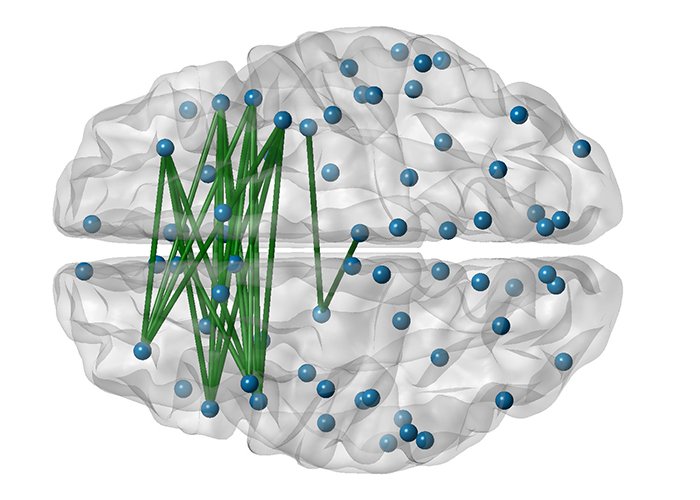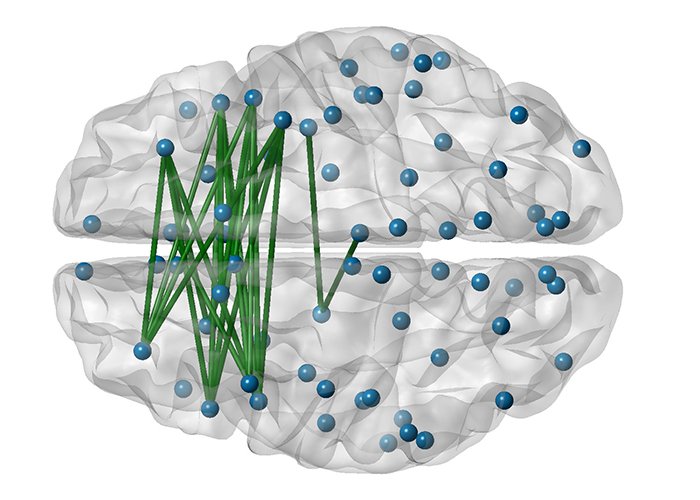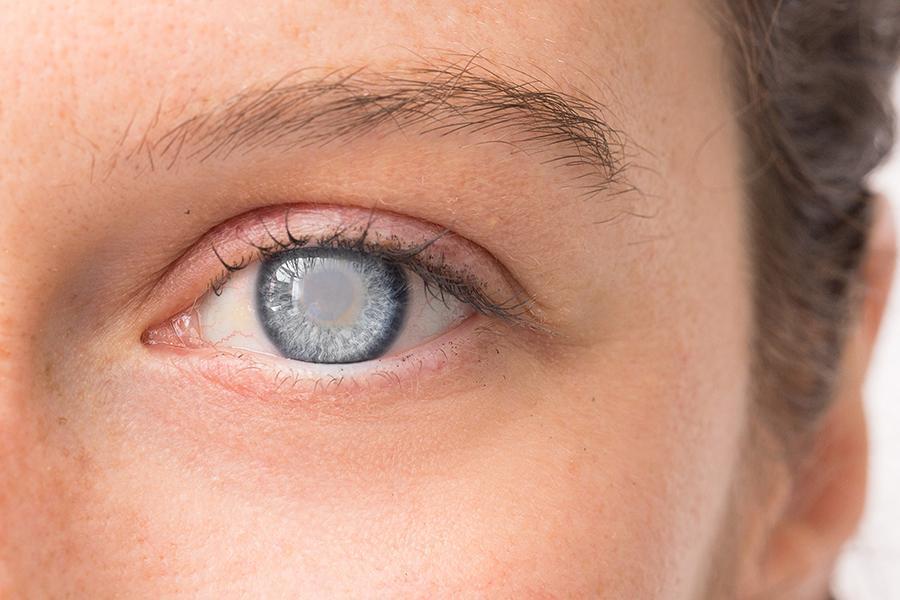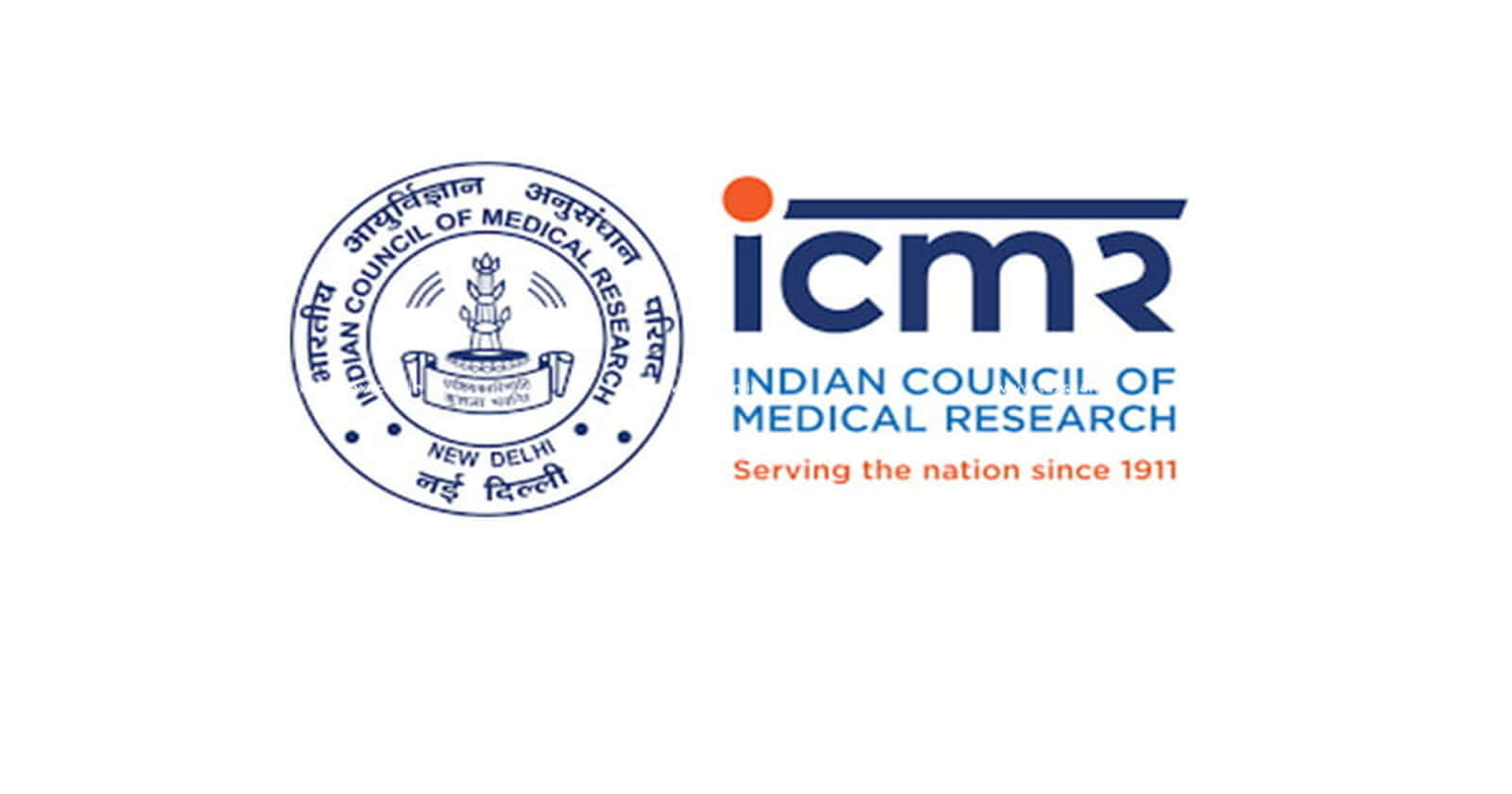Creative people have better-connected brains: study
Tue 28 Feb 2017, 11:38:04
Highly creative people have significantly more white matter connections between the right and left hemispheres of the brain, according to a new study.
The study analysed the network of white matter connections among 68 separate brain regions in healthy college-age volunteers. The brain's white matter lies underneath the outer grey matter. It is composed of bundles of wires, or axons, which connect billions of neurons and carry electrical signals between them.
The team led by neuroscientist Rex Jung of the University of New Mexico in the US collected the data using an MRI technique called diffusion tensor imaging, which allows researchers to peer through the skull of a living person and trace the paths of all the axons by following the movement of water along them.
Computers then comb through each of the one-gigabyte scans and convert them to three-dimensional maps - wiring diagrams of the brain. Jung's team used a combination of tests to assess creativity.They asked people to draw as many geometric designs as they could in five minutes. They also asked people to list as many new uses as they could for everyday objects, such as a brick or a paper clip.
The participants also filled out a questionnaire about their achievements in ten areas, including the visual arts, music, creative writing, dance, cooking and science.The responses were used to calculate a
composite creativity score for each person.
composite creativity score for each person.
David Dunson from Duke University in the US and Daniele Durante of University of Padova in Italy trained computers to sift through the data and identify differences in brain structure.
They found no statistical differences in connectivity within hemispheres, or between men and women. However, when they compared people who scored in the top 15 per cent on the creativity tests with those in the bottom 15 per cent, high-scoring people had significantly more connections between the right and left hemispheres. The differences were mainly in the brain's frontal lobe.
Dunson said their approach could also be used to predict the probability that a person will be highly creative simply based on their brain network structure.
"Maybe by scanning a person's brain we could tell what they're likely to be good at," Dunson said. The study is part of a decade-old field, connectomics, which uses network science to understand the brain.
Instead of focusing on specific brain regions in isolation, connectomics researchers use advanced brain imaging techniques to identify and map the rich, dense web of links between them.
Dunson and colleagues are now developing statistical methods to find out whether brain connectivity varies with IQ, whose relationship to creativity is a subject of ongoing debate.
No Comments For This Post, Be first to write a Comment.
Most viewed from Health
AIMIM News
Latest Urdu News
Most Viewed
May 26, 2020
Can Lionel Messi's visit boost Indian football?
Latest Videos View All
Like Us
Home
About Us
Advertise With Us
All Polls
Epaper Archives
Privacy Policy
Contact Us
Download Etemaad App
© 2026 Etemaad Daily News, All Rights Reserved.



























.jpg)
.jpg)
.jpg)


